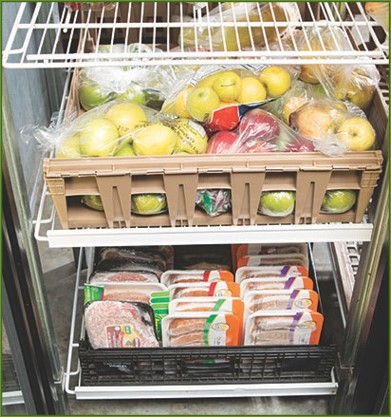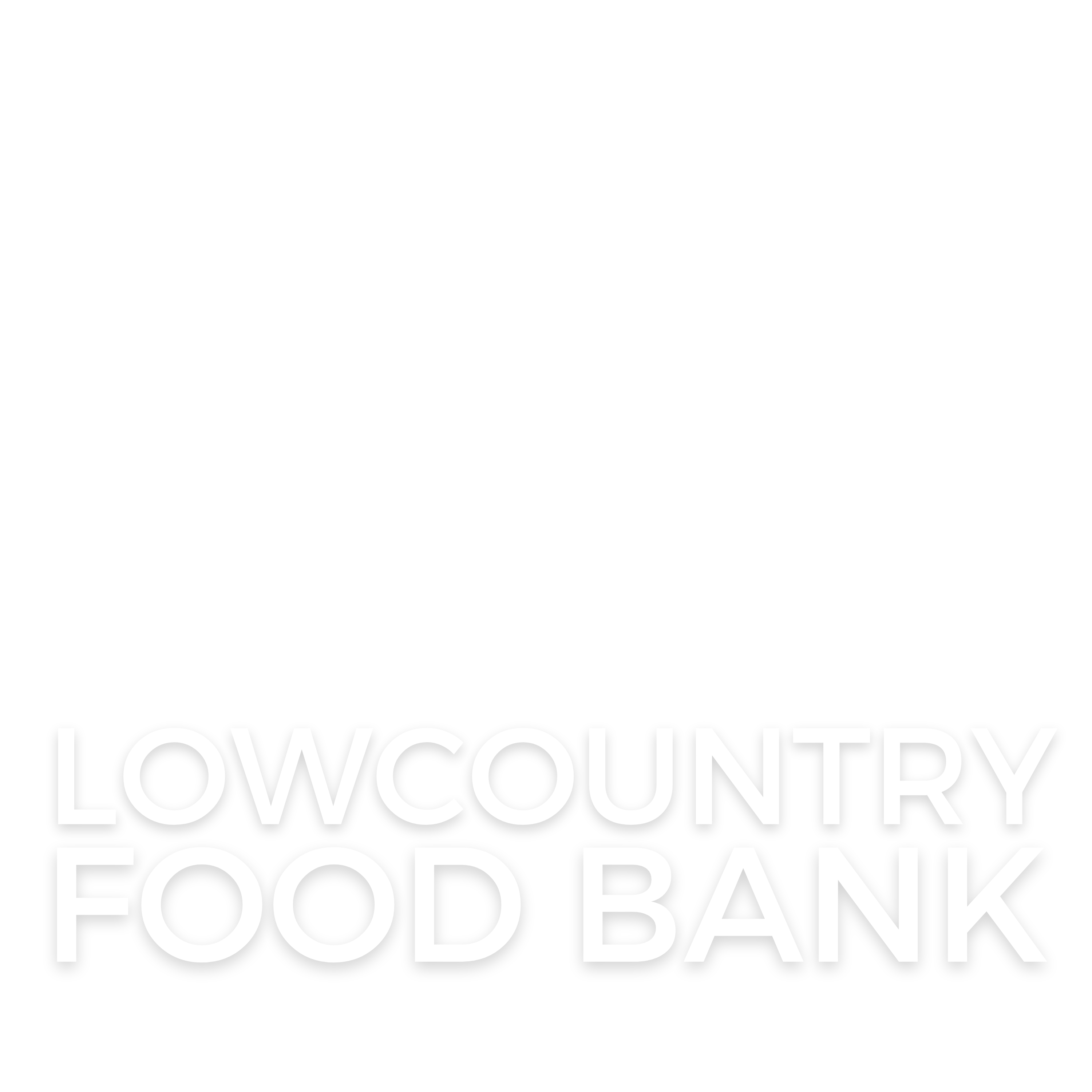Storing-unused
Tools
- Shelving
- Refrigerator
- Freezer
- Temperature Logs
- Signs
- Gloves
- Sanitizer
- Pest control

Control Points
- Make a plan for which foods need to be put into temperature-controlled storage first – refrigerator, freezer, and then shelf-stable.
- Use the FEFO method – First Expired, First Out. Organize shelves/tables by placing the food that is the first to expire at the front of the shelf/table and the foods that expire last at the back. Download Shelf Life Guidelines Poster.
- Ensure proper temperature control in the refrigerator and freezer by placing a thermometer (such as a refrigerator dial thermometer) in the warmer part of the unit and checking it at the beginning and end of every shift. Download Temperature Logs.
- Ensure refrigerators and freezers are not overcrowded so that they can maintain temperature and airflow.
- Store items in the refrigerator properly by putting ready-to-eat food like produce, yogurt, and deli sandwiches at the top and raw proteins that may drip, like chicken and eggs, at the bottom.
- Ensure food is stored 6 inches off the floor and away from the wall.
- Store like items together and have labels facing out so foods can be identified.
- Store food away from chemicals and garbage.
- Make sure staff/volunteers follow proper hygiene practices and use gloves when handling foods that may carry pathogens (i.e. meats).
- Use a pest control operator to ensure your storage area is free from pests and prevents pests from entering your facility.
Remember, putting a storage plan in place and training all staff and volunteers is crucial to maintaining safe storage. Let the Lowcountry Food Bank staff know if you would like assistance with writing a plan.
How to prioritize foods that need temperature control
Items that need temperature control to ensure safety should be first priority when storing food received. Since frozen foods can hold temperature for longer than refrigerated, prioritize the refrigerated items before frozen.
How to properly store refrigerated foods
Prepared food that is ready-to-eat should always be at the top as they can be eaten without further cooking. Produce stored above dairy items ensures that dairy does not drip or contact produce potentially introducing an allergen onto that produce. Raw meats, if stored in the refrigerator, should be below foods that are ready to eat and items that could drip such as eggs should be at the bottom.
A proper storage plan will get food items to their proper temperature as safe as possible and proper storage in the fridge will ensure that food does not potentially suffer from cross contamination.
